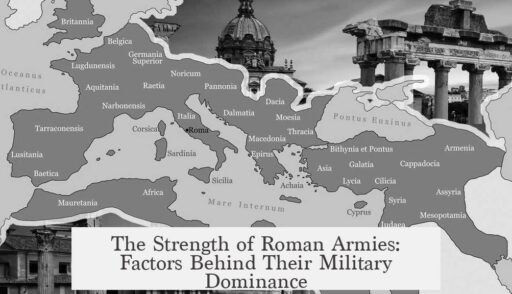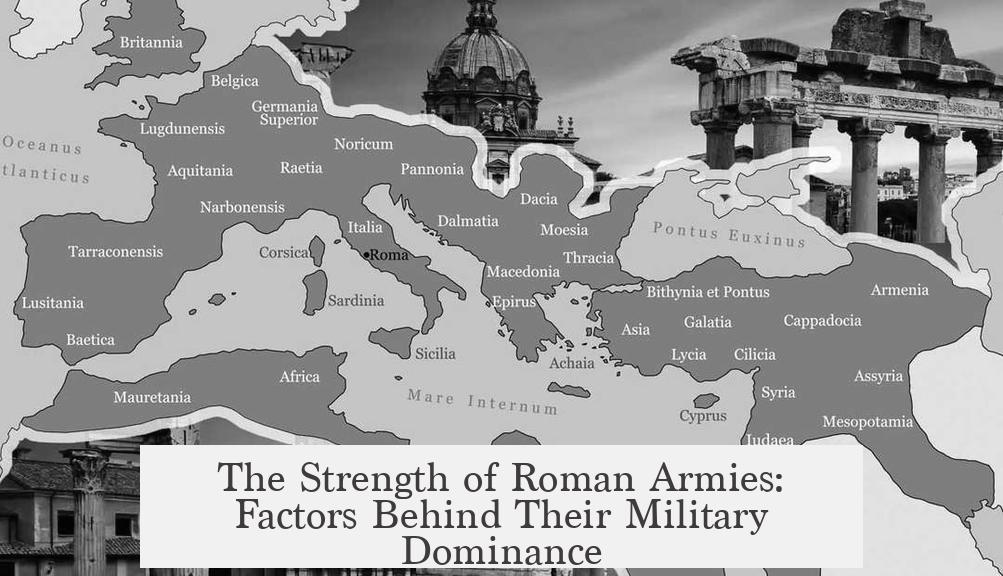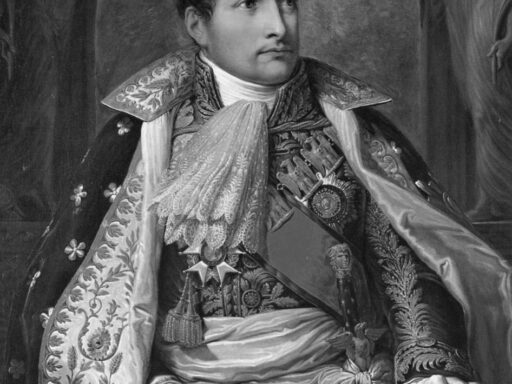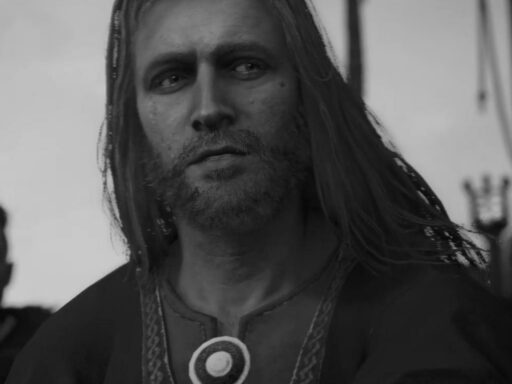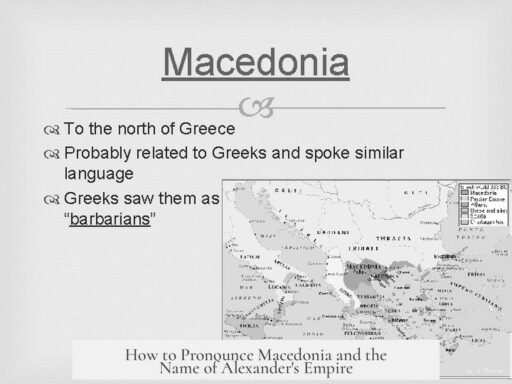Roman armies were formidable due to their exceptional organization, rigorous training, tactical innovation, engineering skills, and strong social cohesion. Their legions functioned as self-sufficient mini-armies, combining infantry, cavalry, and artillery. This structure allowed superior tactical flexibility and strategic deployment across multiple fronts.
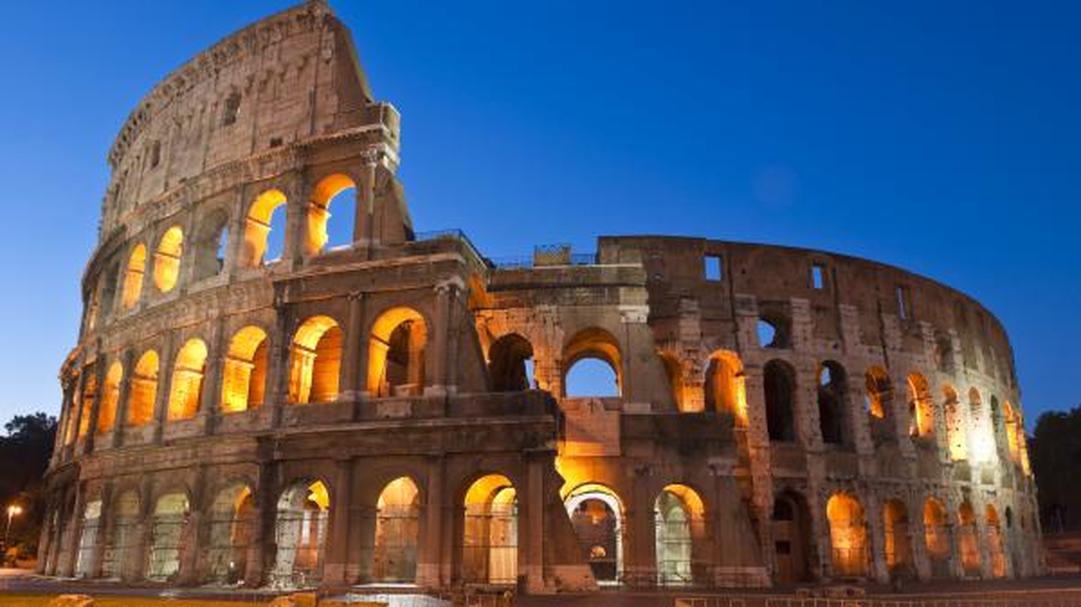
The basic unit, the legion, typically contained 4,200 to 5,500 soldiers. Unlike many other armies that relied on loosely connected warbands or mercenaries, Roman legions were composed mainly of Roman citizens. This produced a uniform and motivated force committed to mutual survival and success.
The legion combined a full range of battlefield capabilities in one unit. This allowed legions to operate independently, maintain supply lines, and execute diverse tactics such as cavalry hits and infantry defenses simultaneously. The ability to spread multiple legions over a wide territory while maintaining comparable strength gave Rome a decisive advantage against larger but less coordinated enemies.
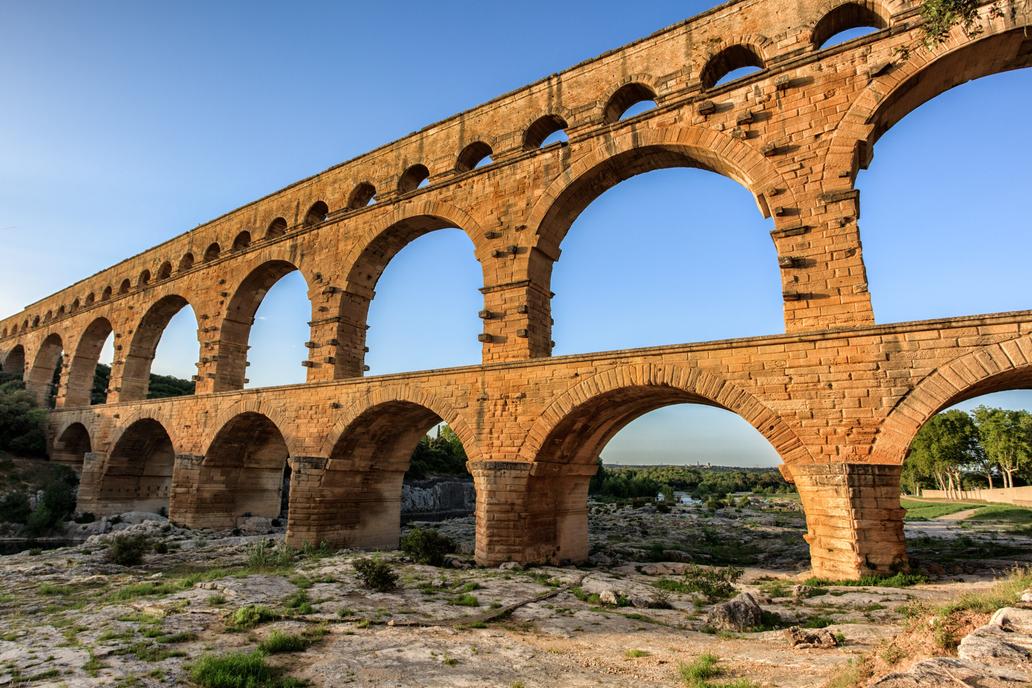
Roman military organization influenced later systems, notably Napoleon’s corps structure. Modern armies still draw on this model for balancing flexibility and control.
Training beyond combat skills gave Roman soldiers engineering expertise. Legions regularly built fortifications, roads, and camps during campaigns. This dual skill set extended supply lines deep into hostile lands and enabled long military campaigns far from home bases. Many still-used European roads originated from these legionary constructions.
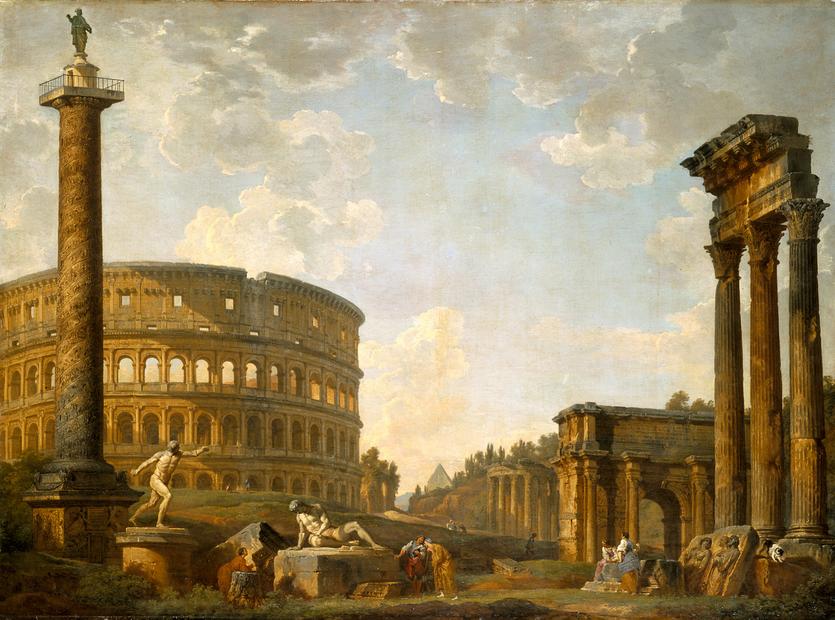
Tactically, Roman commanders adapted formations and weapons based on battlefield experience. Early legions used Greek-inspired phalanxes arranged by wealth, but later reforms based formation placement on soldier experience. This improved overall discipline and effectiveness.
Romans abandoned the traditional spear and large formation shields in favor of short swords (gladii), large rectangular shields (scuta), and two javelins (pila). Velites, light skirmishers armed with javelins, added ranged harassment capability. This weapon combination allowed legions to weaken enemy ranks before engaging in close combat.
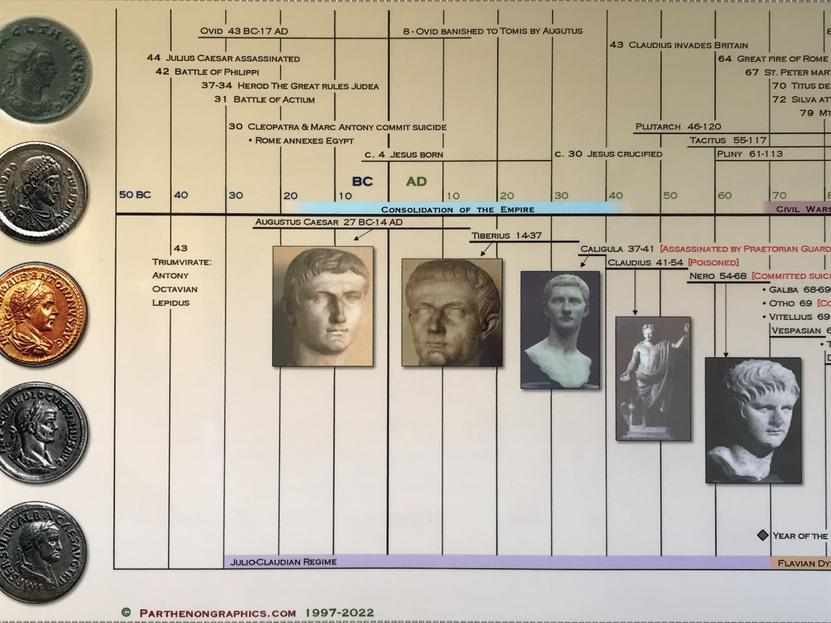
The Roman javelin was heavy and designed to pierce armor and shields. Concentrated volleys could disrupt enemy charges, especially against dense phalanxes, softening foes for infantry assaults. Legions’ combined arms approach—integrating infantry, cavalry, skirmishers, and artillery—enhanced their battlefield dominance.
Social bonds within the legions reinforced cohesion and morale. Soldiers lived in small groups called contubernia, sharing tents and supplies. This proximity fostered trust and loyalty across social classes. Fighting alongside known comrades motivated soldiers to maintain discipline and courage.

Legions were often raised as units together, with recruits sharing common cultural identities and a collective goal, such as earning citizenship. This contrasted with later armies where recruits faced insertion into pre-existing units. Roman military culture thus created a unique esprit de corps.
| Key Factor | Impact on Roman Military Success |
|---|---|
| Organization & Structure | Flexible, self-contained legions allowed efficient command and tactical options on multiple fronts. |
| Training & Engineering | Soldiers built forts, camps, and roads, enabling prolonged campaigns in hostile territory. |
| Tactical Innovation | Reformed formations and weaponry maximized effectiveness and neutralized enemy strengths. |
| Social Cohesion | Small group bonds paired with shared citizenship goals increased morale and unit loyalty. |
Roman legions combined comprehensive military capabilities with adaptable tactics and strong internal bonds. Administrative competence and logistical planning reinforced their effectiveness. These elements created an army unlike its contemporaries and key to Rome’s expansion and power.
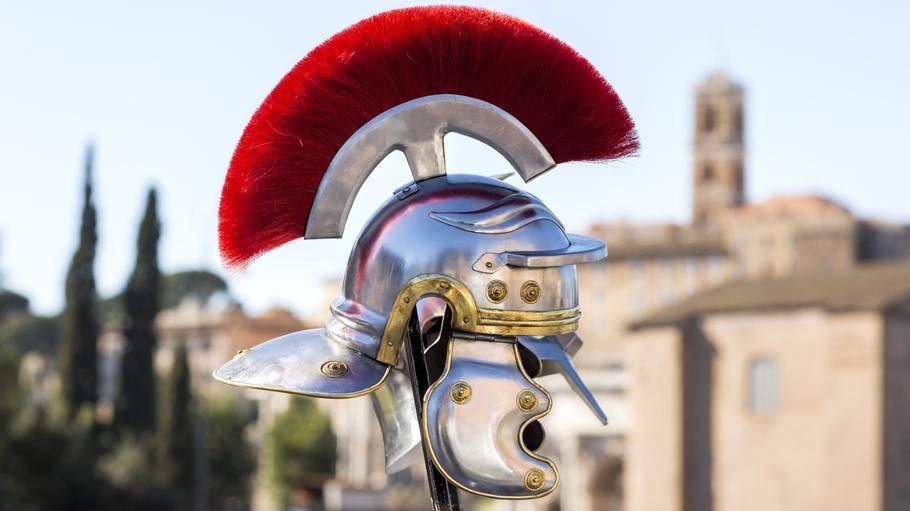
- Legions acted as independent micro-armies with combined arms.
- Dual training in combat and engineering allowed extended operations.
- Tactical reforms maximized soldiers’ experience and ranged attacks.
- Strong social unity derived from shared living conditions and citizenship incentives.
- Roman military principles influenced modern army organization worldwide.
Why Were Roman Armies So Formidable?
The Roman armies earned their fearsome reputation by blending unmatched organization, rigorous training, tactical innovation, and deep social bonds into a military machine few could rival. What really made them stand out? It wasn’t just about the iron glinting off a soldier’s shield—it was a carefully engineered system, both human and mechanical, built to dominate. Let’s unpack this brilliant concoction of strategy and strength that shaped history.
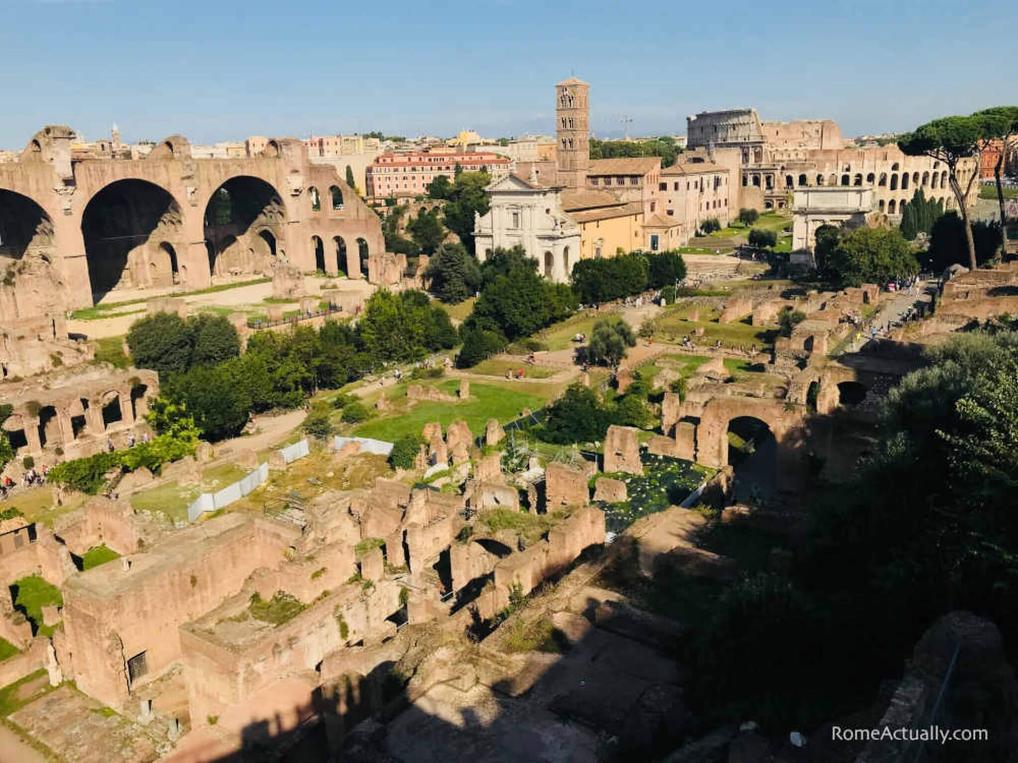
Imagine a force where every soldier isn’t merely a fighter, but part of a well-oiled microcosm of military options—a single legion could act like an entire army, flexible and sharp. This was the Roman secret.
Legions: Micro-Armies with Macro Impact
The backbone of Roman power rested on the Legion. Each one packed 4,200 to 5,500 soldiers, not just any group, but a complete and balanced fighting force. Infantry, cavalry, and artillery weren’t thrown together randomly—they formed a dynamic ensemble capable of tackling diverse threats.
- A Legion was a small army in itself, with tactical flexibility to hit, hold, and maneuver in ways other armies of the time could only dream about.
- Picture this: one Legion’s cavalry distracts an enemy with rapid hit-and-run moves, drawing foes into a trap set by heavily armed infantry. Meanwhile, another Legion conducts a siege miles away—all operating independently yet cohesively within a vast theater.
- This exceptional structure provided a critical edge: easier command, sustainable deployment, and strategic diversity unmatched by most contemporaries.
Napoleon, a military genius in his own right, later borrowed this system in his Corps d’armée concept, showing how influential Roman military organization remains. Even today, armies use principles derived from this ancient design but on a smaller scale, proving Rome’s enduring legacy.
Training and Engineering: The Dual Edge of Roman Legions
The Romans did more than teach soldiers to fight. As they marched, they built. This wasn’t a side hustle; it was part of their core identity.
- Legions were trained as both warriors and engineers—a rare combo in ancient armies.
- They constructed roads, bridges, and fortifications as standard practice, allowing the army to extend campaigns far beyond their home territories.
- Inundated with rudimentary transport options, their ability to build supply lines on the go was nothing short of revolutionary.
- If you’ve driven on a Roman road in Europe today, thank these soldier-engineers. Many modern highways trace back to their handiwork.
- Look at Julius Caesar’s Gallic Wars: a long campaign made possible by the Legions’ engineering and logistical skills combined with tactical adaptability.
Tactical Innovation: Evolving to Win
Roman soldiers didn’t fight with the same tactics forever. They adapted, learned, and improved.
- Roman formations transformed over time—from Greek-inspired phalanxes based on social class to more practical, experience-driven ranks where veterans supported rookies.
- They replaced cumbersome equipment with effective shortswords, large rectangular shields, and dual javelins called pila. The combination was deadly.
- Skirmishers known as velites threw javelins to soften enemy lines, a tactic that broke waves of charging tribes before the infantry engaged.
- Imagine facing thousands of javelins sailing at you, capable of piercing armor and neutralizing shields—that’s psychological warfare and physical pain all at once.
- The Roman approach outmaneuvered traditional Greek-style armies, which relied on tight phalanxes vulnerable to ranged attacks and fast infantry.
Roman legions had so many tactical layers they could assault, defend, and harass simultaneously. Cavalry, infantry, artillery—they all worked in concert. This synergy crushed opponents and expanded Rome’s reach.
Sociocultural Incentives: More Than Just Soldiers
What fueled the Roman army beyond steel and strategy? Strong social bonds and shared purpose.
- Military units were composed mostly of Roman citizens or soon-to-be citizens, not hired mercenaries or loosely connected warbands common elsewhere.
- The smallest unit, the contubernia, included ten men who shared tents and supplies. This proximity forged tight friendships and trust.
- Fighting alongside comrades you lived with created loyalty and motivation hard to replicate in armies lacking this cohesion.
- Every soldier fought not only for Rome but for men they knew personally, their social standing, and the citizenship rewards promising a better life.
- This approach knitted a cultural fabric that extended Roman influence far and wide.
As legions recruited en masse from Roman society, service became a collective endeavor. This was unlike many post-medieval armies, where random recruits were plugged into units with little prior connection.
The Sum of Its Parts: An Army Built to Last
Rome’s military success wasn’t accidental. It combined robust organization, engineering savvy, tactical innovation, and social unity to form a force greater than any of its parts.
- A legion’s flexibility made it adaptable.
- Dual training ensured operational endurance far from home.
- Innovative tactics exploited enemy weaknesses.
- Strong internal bonds bolstered morale and fighting spirit.
- Capable leadership tied it all together.
This powerful recipe—sometimes replicated, rarely matched—inspired future military systems, including revolutionary France’s armies. Yet the original Roman Legion remains a marvel in military history, the gold standard for an effective, durable fighting force.
“To understand Rome’s armies is to glimpse the roots of western military tradition, built on discipline, innovation, and humanity.”
What Can Modern Military Minds Learn?
In a world where tech rules the battlefield, Rome’s lessons on organization and human factors remain surprisingly relevant.
- Modular, flexible units increase responsiveness and control.
- Cross-training in multiple skills—combat *and* logistics—boosts sustainability.
- Strong team cohesion creates resilient, motivated forces.
Military leaders who neglect these timeless principles risk losing the edge that built an empire.
Final Thoughts: Rome’s Army as a Masterclass
Why were Roman armies so formidable? Because they built more than soldiers—they built small, smart forces combined with technical skills and unbreakable social bonds.
This combination made Rome’s armies flexible, tough, and innovative, able to campaign across continents consistently and dominate rivals. Forget just swords and shields; it was strategy, training, and culture that wove the true armor.
Next time you hear about the Roman Legion, remember: they were not merely fighters. They were an engineered phenomenon, centuries ahead in military thought—and their legacy marches on.
